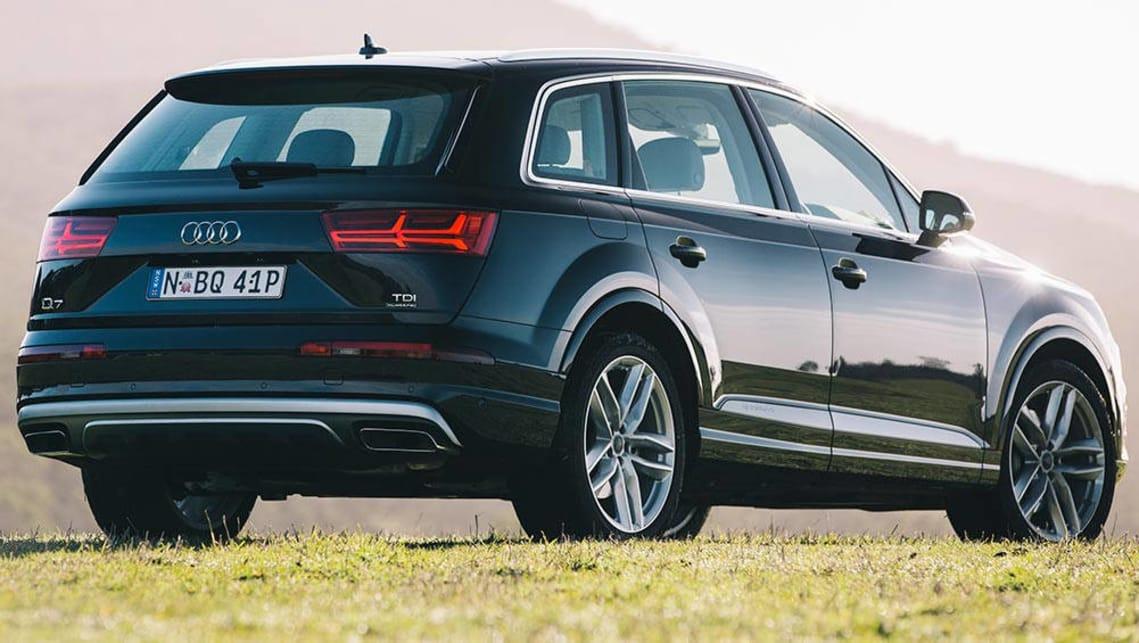

The highways and byways of, and connecting to, Vermont seem like an obvious place for such fast chargers.

The Audi E-Tron GT RS Is a Killer Gran Turismo In November 2021, I did the trip in an Audi RS E-Tron GT in December, I did so in a Mercedes-Benz EQS 580. To see if those still hold true - and to see whatever other challenges might lie between EV owners and their distant destinations - I took two of today’s freshest, cutting-edge electric cars on a road trip I’ve done many, many times before: the drive from my home in New York City to where I grew up in Stowe, Vermont. The two charges traditionally levied against EVs in this regard are that they can’t go far enough, and that they take too long to recharge.

If electric cars are indeed to succeed in supplanting internal combustion ones, they need to be able to road trip - and without much more trouble than we're used to. To ask people to give that up for the sake of the future is to ask them to cease being human.

Its roots run as deep as humanity’s nomadic nature, our desire for exploration - the gravitational pull of wondering what’s over the next hill that led us out of the Great Rift Valley and on to every inch of the globe - and even the spheres beyond. Such travel, after all, is as deeply ingrained a part of the appeal of the car as anything else: the idea of being able to step into your own personal transport and go wherever you like, stopping whenever you like, knocking out a mile a minute while seated in a comfortable chair at whatever temperature you like, carrying practically whomever or whatever you like. Or, if you prefer the more romantic term…road trips. On top of that, the instantaneous reactions of electric motors - which don’t need any revving to reach maximum torque - makes an EV feel punchier than an ICE car of equivalent power in most real-world scenarios.īut while they may meet or beat petroleum-powered vehicles in many categories, there’s one part of driving where old-school rides still seem to have a leg over those newfangled tech-tastic electric machines: long journeys. As a result, performance EVs can pack enough punch to make up for the portly weights brought on by giant battery packs it’s not by accident that Porsche’s most powerful production car is powered by electricity. Electric motors can crank out incredible amounts of power from a much smaller apparatus than the gas powerplants used in production cars the Lucid Air’s motor / transmission / differential / inverter assembly, for example, fits in a roller bag, but makes up to 670 horsepower. Oh, and don’t forget, they can be a lot of fun, too. And unless you have an oil refinery in your backyard, there’s no way to refuel your internal-combustion car overnight at home every night as easily as plugging in your iPhone before bed. They generally ride more smoothly than gas and diesel rides, thanks to both the lack of large clattering metal pieces beneath the hood and the added low-riding weight of a big battery pack. They require less maintenance - there’s no oil to change, few to no gears to keep tabs on, even their brakes wear out more slowly thanks to regenerative braking that uses the motor’s own resistance in lieu of mechanical stoppers. They’re more efficient, in terms of pure energy spent. The Future Electric Cars We're Most Excited About


 0 kommentar(er)
0 kommentar(er)
